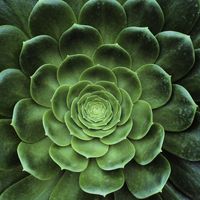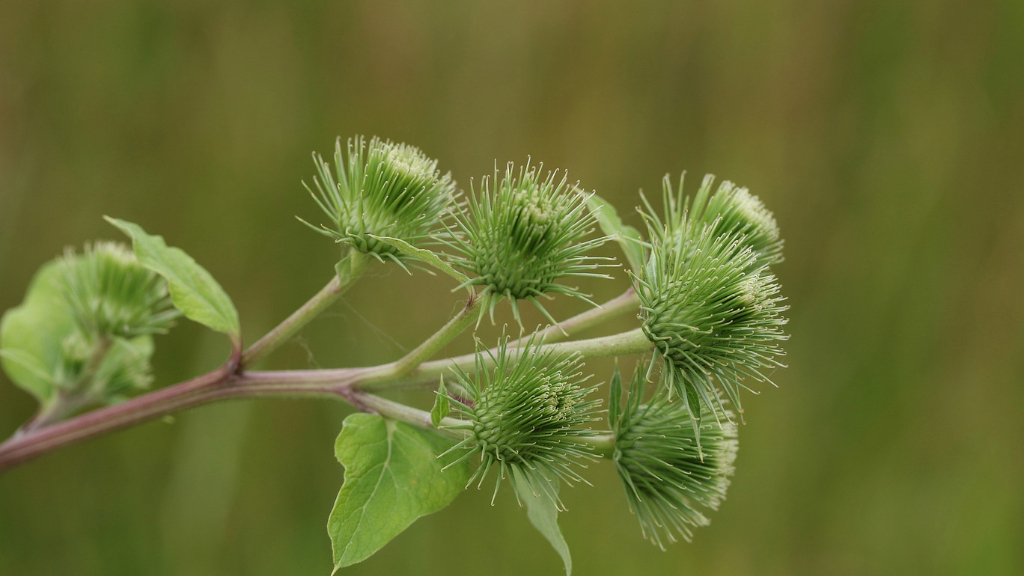History Of Edible Burdock Plants


Edible burdock plants are members of the Aster family (Asteraceae), closely related to other beneficial, daisy-like herbs like dandelion, feverfew and echinacea. Although burdock is prized by herbalists for its many medicinal qualities, many of us are more familiar with the plant for its prickly seed heads that stick to socks, sleeves, (and pets!) like crazy. Read on for more information about burdock, including some of the plant's more helpful attributes.
Information about Burdock
Rumor has it that the hooked barbs of burdock burs were the inspiration that led to the invention of Velcro. This not-so-endearing quality has earned the plant a host of nicknames such as beggar's buttons, cockle buttons, clot burr, turkey burr seed, thorny burr and hurr-burr to name just a few. It's important to distinguish between great burdock (Arctium lappa) and common burdock (A. minus). Although both are tall plants, common burdock is somewhat smaller, and the stalks are hollow, unlike great burdock, which has solid, firm stalks.
Great Burdock History
Great burdock has been used medicinally at least since the Middle Ages, when ancient practitioners in China, India and Europe prescribed it as a tonic to purify the blood. It was also used to treat a variety of maladies, including constipation, cough, hair loss, gout, arthritis, kidney stones, urinary problems, respiratory disorders, sciatica and intestinal issues.
American Herbalists have been familiar with the plant since the nation was settled, using it primarily as a blood purifier and pain reliever. It also has culinary qualities; the root is often known as "poor man's potatoes." Native Americans depended on the entire plant for its healing powers and nutritional value, and sometimes boiled the stems in maple syrup to create a sweet treat. Dried roots could be stored all winter.
Burdock Plant Growing
Great burdock is easy to grow by planting seeds directly in the garden when the weather warms up in spring. Burdock prefers full sunlight and loose, rich soil. You can also get a head start by planting seeds indoors a few weeks earlier. Seedlings transplant well, unlike mature plants, which are difficult to transplant because of their long taproots. Burdock roots can extend 3 feet into the soil, which explains why the plant is often considered a pesky weed.
Sign up for the Gardening Know How newsletter today and receive a free copy of our e-book "How to Grow Delicious Tomatoes".

A Credentialed Garden Writer, Mary H. Dyer was with Gardening Know How in the very beginning, publishing articles as early as 2007.